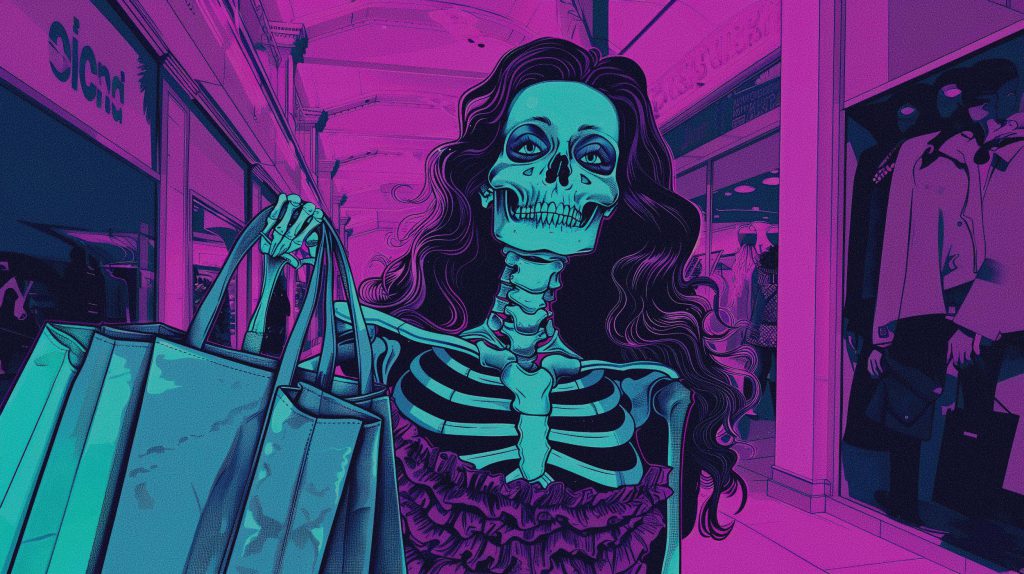In the chaotic world of marketing, where timelines shrink and expectations balloon, clarity is your most valuable currency. Whether you’re launching a new campaign, building a brand identity, or producing a product video, the creative brief is your North Star. And yet, too many business owners and marketing stakeholders treat it like an afterthought—a box to tick instead of the strategic tool it truly is. If you’re engaging with a creative agency or freelancer, the format and quality of your brief can make or break the outcome. Here’s why it’s time to take your creative briefs seriously, and how to structure them for maximum impact.
Understanding the Role of a Creative Brief
A creative brief is far more than a project summary; it’s a strategic document that aligns vision, strategy, and execution. At its core, a creative brief bridges the gap between business objectives and creative output. It translates marketing goals into actionable insights that creatives can use to produce work that’s not just beautiful, but effective. Without it, you’re essentially asking your agency or freelancer to hit a target they can’t see.
Think of the creative brief as your creative contract—it sets expectations, outlines deliverables, and defines success. It helps avoid the all-too-common scenario where the client says “this isn’t what I wanted” after rounds of work that lacked proper direction. A solid brief ensures that the creative team is solving the right problem from the beginning. Skimp on the brief, and you risk wasting time, money, and goodwill.
For business owners and marketers juggling multiple priorities, the creative brief is also a powerful tool for internal alignment. Before the brief even reaches an agency, it forces internal stakeholders to agree on objectives, messaging, and target audience. It’s a moment to pause and ask, “What are we really trying to achieve?”—which, believe it or not, is a question that often goes unasked until it’s too late.
Key Elements of an Effective Brief Format
A good brief format isn’t just about looking polished—it’s about being functional. The best creative briefs are structured in a way that guides clear thinking and minimizes ambiguity. At a minimum, your brief should include: project background, objectives, target audience, key messaging, tone and voice, deliverables, timeline, and budget. But the secret sauce lies in how you articulate each of these.
Project background should set the stage with context and insight—not a company history lesson. Objectives must be SMART (specific, measurable, achievable, relevant, time-bound); vague goals like “increase awareness” do nothing for a creative team. Your audience section should go beyond demographics to include psychographics, pain points, and buying behavior. Creatives thrive on empathy and insight, not just age brackets.
Tone and voice are especially overlooked, yet they’re crucial for brand consistency. Give examples, not adjectives. Don’t just say “fun and professional”—show what that looks like. And never underestimate the importance of constraints: timelines, budgets, and technical specs are not limitations—they’re creative parameters. When creatives know the sandbox they’re playing in, they can innovate within it. An effective format brings structure without stifling creativity.
Why Stakeholders Must Prioritize Brief Clarity
If you’re a stakeholder—whether a CMO, founder, or product manager—your job is not to micromanage the creative, but to enable it. That starts with a crystal-clear brief. Clarity in a brief doesn’t mean oversimplifying; it means being intentional with every word and ensuring that the core message isn’t diluted by jargon or indecision. Vague briefs lead to vague results. Period.
Clarity also builds trust. Agencies and freelancers are not mind readers, and assuming they’ll “figure it out” is both lazy and expensive. When you hand over a brief that’s clear, concise, and insightful, you’re telling your creative partner: “We respect your time, and we value the work you do.” That mutual respect is the foundation of any successful collaboration. Conversely, a muddled brief telegraphs chaos, and no one does their best work in chaos.
Finally, a clear brief can be your best insurance policy. When feedback loops spiral or deliverables miss the mark, a clear brief gives everyone a shared reference point. It’s not about assigning blame—it’s about staying anchored to the original intent. In a world where marketing dollars are under constant scrutiny, clear briefs are not a luxury; they’re your ROI safeguard.
In the end, a creative brief is not just a formality—it’s your strategic launchpad. Business owners and marketing leaders who treat it as such will see better creative, faster timelines, and fewer headaches. The best format is one that brings clarity, alignment, and inspiration to the table. So stop winging it. Invest the time to craft a thoughtful brief, and you’ll be amazed at how much smoother your creative process becomes. Great work starts with great direction—and that starts with you.































